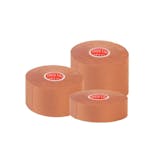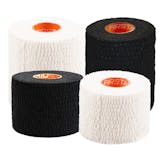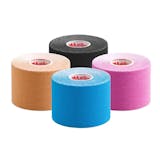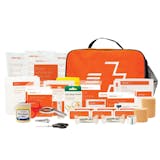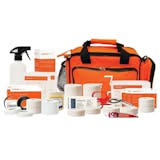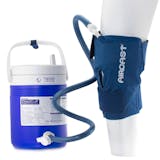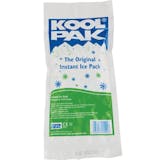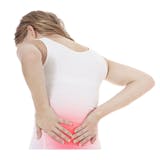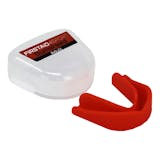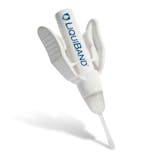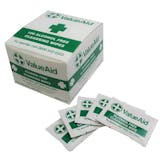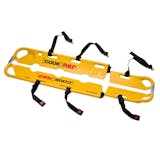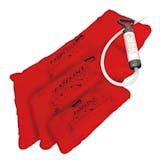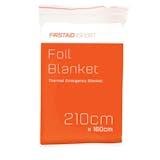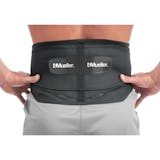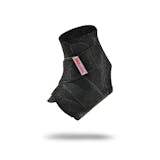A guide to Patellar Tendonitis
The patellar tendon is the tendon around the knee which connects the kneecap to the shin bone. It works with the quadriceps muscles to support the motioning of straightening the knee. Patellar tendonitis occurs when this tendon and surrounding tissues become damaged or inflamed.
Patellar tendonitis is caused usually through overuse and will be seen particularly in activities with jumping involved such as basketball and volleyball. Although its commonly known as ‘jumpers’ knee’ patellar tendonitis can also be commonly seen in sports which involve sprinting and a quick change of direction such as rugby and football. Patellar Tendonitis Symptoms The damage is caused when excess force and pressure is placed on the tendon, which it cannot support. The individual will usually experience pain directly over the patella tendon when pressure is applied, for example, when the individual returns to activity. The individual will also suffer from aching and stiffness and may also see swelling around the affected area. Patellar tendonitis Diagnosis If an individual is feeling these symptoms, they are advised to see a doctor or physiotherapist who can examine the area before confirming a diagnosis. They may also carry out an X-Ray or MRI scan on the area to confirm the diagnosis and rule out any further complications, breaks or fractures. Patellar Tendonitis Treatment Rest is crucial to treat patellar tendonitis as it prevents any further damage to the tendon. Continuing any strenuous activity or resuming sport will only hinder the healing process, it could lead to further damage to the tendon and surrounding tissue. Following the whole Rice (rest, ice, compression, elevate) method for the first 72 hours after suffering the injury as it will help relieve pain and prevent any further damage being caused to the tendon. Anti-Inflammatory medications may be taken to relive the pain of the injury and also to minimise any swelling. A strengthening program may also be advised by a physiotherapist to keep the area strong and ensure flexibility once the injury had healed. This should not be done without professional advice as a patient can run the risk of aggravating the area and increase the healing process. In the final stages of recovery and in the first few months of returning to training, stretching exercises to the quadriceps, hamstring and calf muscles may be performed to keep the area stable and strong and can also help prevent the injury reoccurring. In more severe cases, surgery may be required to correct the injury however this is rare and often due to a chronic case of the injury whereby other methods of treatment have been unsuccessful. SUMMARY Causes
- Repetitive or prolonged activity
- Frequent jumping and landing – particularly on hard surface
- Rapid acceleration while running
- Poor footwear
- Playing or training on an unhealed injury
Symptoms
- Aching or stiffness above or below the knee cap
- Pain directly over the Patellar Tendon
- Weakness in the knee
- Pain gradually worsens during exercise
Treatment
- RICE method after exercise
- Anti-inflammatory Medication
- A patella tracking strap or brace
- Good fitting running shoes
- Controlled strengthening and stretching activities


